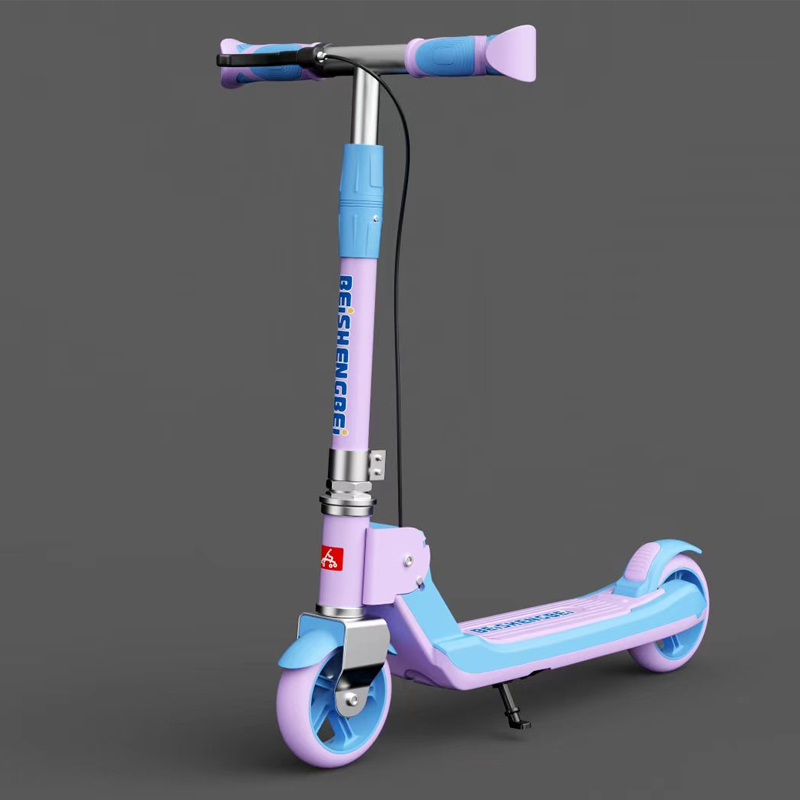The Evolution of Kids' Scooters in the 1940s A Focus on Tires
The 1940s marked a significant era in the evolution of children's toys, particularly with the rise of the scooter. As children embraced the growing freedom of post-war suburban living, scooters became a popular mode of play. Among the many components that contributed to the growing popularity of kids' scooters during this period, the tire design was particularly crucial.
During the early 1940s, the design and materials used in scooter tires underwent notable changes. Prior to this decade, many scooters were equipped with solid rubber tires, which, while durable, offered a rather stiff and uncomfortable ride. Children often encountered issues such as a lack of grip and minimal shock absorption, which detracted from the overall riding experience. However, as manufacturers sought to enhance performance and comfort, the introduction of inflatable tires began to change the landscape of kids' scooters.
The Evolution of Kids' Scooters in the 1940s A Focus on Tires
Moreover, the development of inflatable tires led to improvements in traction. The 1940s saw many scooters using tires with deeper treads, allowing for better grip on various surfaces. This improvement was particularly important in an era when many neighborhoods were still transitioning from dirt roads to paved sidewalks. Enhanced traction reduced the risk of accidents and allowed children to feel more confident and adventurous in their riding.
lehuo 1940s kids scooter tires

In addition to comfort and grip, the 1940s also saw an increase in the variety of tire styles and colors available for kids' scooters. Manufacturers began to understand that aesthetics played a significant role in children's preferences. Brightly colored tires became popular, allowing kids to personalize their scooters and express their individuality. In a time when post-war materials were in abundance, the variety of colors and designs in scooter tires made them not just functional, but also a delightful accessory for young riders.
The focus on tire innovation did not only serve to improve performance but also emphasized safety and durability. In response to the growing awareness around child safety, many tire manufacturers began incorporating features such as puncture resistance and greater tread durability. This level of innovation ensured that kids could enjoy their scooters without the constant worry of unforeseen tire failures, which in turn reassured parents about their children's safety while playing.
The late 1940s ushered in new styles of scooters that further popularized riding among children. Streamlined designs and lightweight frames paired perfectly with the enhanced tires, allowing for effortless maneuverability. Riding had become not only a pastime but also a favored mode of travel for children looking to explore their neighborhoods. The combination of innovative tires and imaginative designs played a crucial role in making scooters a staple of childhood during this decade.
In conclusion, the 1940s were a groundbreaking period for the kids' scooter industry, with tire advancements at the forefront of this evolution. The introduction of inflatable tires, enhanced traction, vibrant designs, and safety features transformed the scooter into a beloved childhood companion. As children zoomed around their neighborhoods, these innovative tires symbolized a newfound sense of freedom and adventure—a testament to how an often-overlooked component can significantly impact the enjoyment of childhood experiences. The legacy of these developments can still be felt in today’s modern scooters, which continue to ride on the foundation laid in that transformative decade.
-

 Scoot&RideKids Child Kick Push Scooter 3 Wheels with LED Flashing Tilt Lean Boys Girls Scooter
Scoot&RideKids Child Kick Push Scooter 3 Wheels with LED Flashing Tilt Lean Boys Girls Scooter




- 4
$33.17 -

 Scoot&RideKids Scooter Child Kick Flashing LED Light Up 3 Wheel Push Adjustable Folding 3
Scoot&RideKids Scooter Child Kick Flashing LED Light Up 3 Wheel Push Adjustable Folding 3- 0
$25.52 -

 Scoot&RideKids Scooter Child Kick Flashing LED Light Up 3 Wheel Push Adjustable Folding 2
Scoot&RideKids Scooter Child Kick Flashing LED Light Up 3 Wheel Push Adjustable Folding 2- 0
$33.17 -

 Scoot&RideKids Scooter Teens Foldable Kick Push Scooter Adjustable Height Safe 2 Wheels
Scoot&RideKids Scooter Teens Foldable Kick Push Scooter Adjustable Height Safe 2 Wheels




- 4
$49.99
Meet our partners and discover what powers their creativity!
When you register for a Lohas scooter, you will receive a 10% discount on your first order and can be notified of sales, new product launches and other offers in advance.









